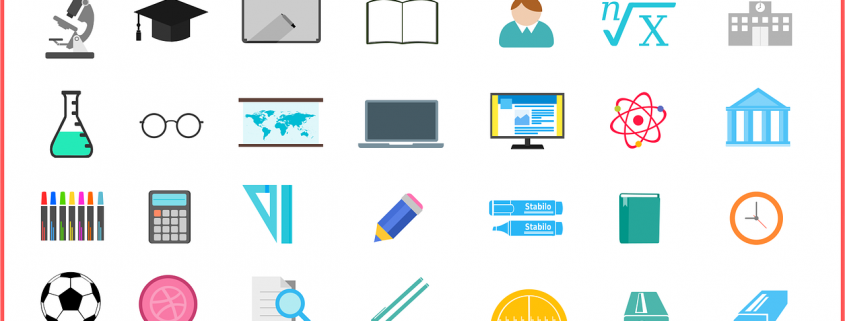How to distinguish between the past tense and the present perfect
Dealing with tenses in English can be tricky for our learners as there are numerous ways to refer to the past, present and future depending on the situation. The tense used can refer to one of three time periods – past, present and future – while the action in question can be identified as simple, continuous and perfect. There are six tenses to talk about the past, two tenses to talk about the present and various ways to talk about the future, usually using present tenses. It’s easy to see how learners can get confused!
One very common confusion is between the simple past tense and the present perfect. These are two very common tenses and are among the first to be taught to English language learners. They are both used to refer to actions which took place in the past, which is the root of the confusion. Let’s look at these two tenses and identify the main differences between them.
The simple past tense is used to refer to actions which happened at a specific time in the past. The action has been completed, as has the time period.
For example: I had two cups of coffee yesterday refers to drinking coffee in the past. The coffee-drinking is finished and the time period (yesterday) is finished. It refers to a specific time (yesterday). This is why the past simple is used.
The present perfect also refers to an action which was completed in the past. However, the time period referred to has not yet been completed and the action was not done at a specific time, or the time is unknown.
For example: I’ve had two cups of coffee today refers to drinking coffee in the past, but while the drinking is complete, the time period is not – in other words, the time period (today) is still continuing.
One way to distinguish between the two for comprehension purposes is in terms of structure. The past simple is simply the past tense of the verb; verbs end in –ed in the past simple unless they are irregular. The present prefect is a bit more complicated: have/has + past participle.
Another way is in terms of usage. The past simple is often used with specific time words, such as last night, yesterday, two weeks ago. The present prefect is often used with for, since, yet and already.
The final way of telling the two apart is the time distinction. Always remembering that the past simple refers to a specific time in the past whereas we use the present perfect if we don’t refer to a specific time.
Once you feel that your learners have grasped the distinction between the two tenses, the best way to help them feel comfortable with producing the language themselves is through games and activities. Online quizzes can test your learners when you think they are ready.




